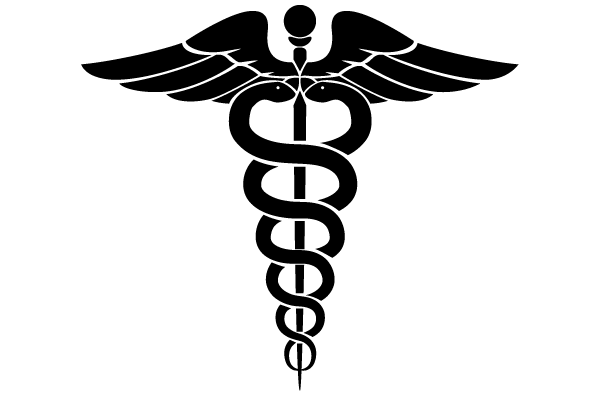 Dyspnoea, chest infections, cardiac failure and arrhythmias, especially atrial fibrillation, are other possible manifestations. The characteristic physical signs are the result of the volume overload of the RV: • wide fixed splitting of the second heart sound: wide because of delay in right ventricular ejection (increased stroke volume and right bundle branch block) and fixed because the septal defect equalises left and right atrial pressures throughout the respiratory cycle • a systolic flow murmur over the pulmonary valve. In children with a large shunt, there may be a diastolic flow murmur over the tricuspid valve. Unlike a mitral flow murmur, this is usually high-pitched.
The chest X-ray typically shows enlargement of the heart and the pulmonary artery, as well as pulmonary plethora.
Dyspnoea, chest infections, cardiac failure and arrhythmias, especially atrial fibrillation, are other possible manifestations. The characteristic physical signs are the result of the volume overload of the RV: • wide fixed splitting of the second heart sound: wide because of delay in right ventricular ejection (increased stroke volume and right bundle branch block) and fixed because the septal defect equalises left and right atrial pressures throughout the respiratory cycle • a systolic flow murmur over the pulmonary valve. In children with a large shunt, there may be a diastolic flow murmur over the tricuspid valve. Unlike a mitral flow murmur, this is usually high-pitched.
The chest X-ray typically shows enlargement of the heart and the pulmonary artery, as well as pulmonary plethora.

Management :——- Atrial septal defects in which pulmonary flow is increased 50% above systemic flow (i.e. flow ratio of 1.5:1) are often large enough to be clinically recognisable and should be closed surgically. Closure can also be accomplished at cardiac catheterisation using implantable closure devices . The long-term prognosis thereafter is excellent unless pulmonary hypertension has developed. Severe pulmonary hypertension and shunt reversal are both contraindications to surgery.


